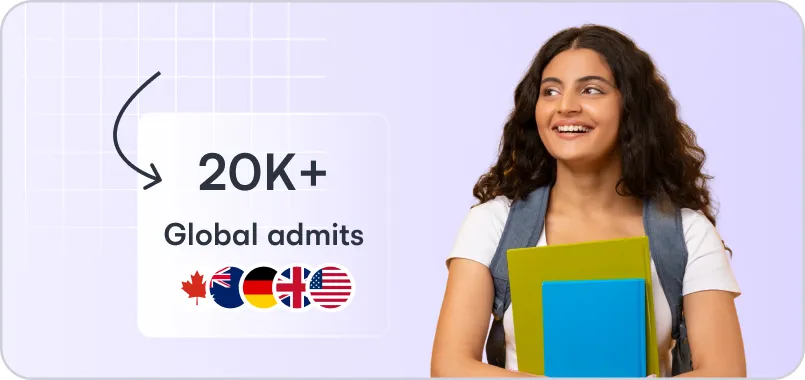Have you ever wondered when to start the whole MS application process? Well, wonder no more!
For Fall intake, the best time to get going is the first week of November. ️Spring intake? Pencil in September. Why these dates? Well, engineers usually tackle applications around this time to avoid clashing with their stressful university exams a month later. So ideally, have all your documents ready by November (Fall) or September (Spring) to jump right in.
Most universities have deadlines for Fall intake around mid-December, but keep an eye out, as some may have them as early as January or March, or even have rolling admissions (meaning they review applications as they come in). Spring deadlines are a bit earlier, usually between September and November.
So, if you’re aiming for Fall 2025, get cracking on those applications after October 2024. For Spring 2025, start after August 2024.
Remember, the early bird gets the worm (or, in this case, the acceptance letter)! So don’t procrastinate, get those documents organized, and start crafting those compelling applications.
|
Important
Most colleges have two deadlines: one for everyone and another for financial aid. That’s right, if you want that sweet, sweet scholarship money, you have to submit your application before the “financial aid deadline” rolls around. And guess what? You’re only eligible for that F-aid if you’re rocking some seriously awesome grades and accomplishments. So, if you want to save some serious cash on college, you better get your act together and apply early!
|
Also Read: Fall vs. Spring Intake: Which One Should You Prefer?
Is applying early to a university an added advantage?
While it’s true that most good universities review applications after the deadline, some start much earlier! These universities, such as the University of Pennsylvania (UPenn), use a process called “rolling admissions,” where applications are reviewed as they come in.
The best part about applying early? If you meet their criteria, you can score an admission offer way before everyone else, regardless of other applicants. So, don’t wait until the last minute to submit your application; you might be missing out on an early acceptance!
Suggested: University Deadlines For the USA






